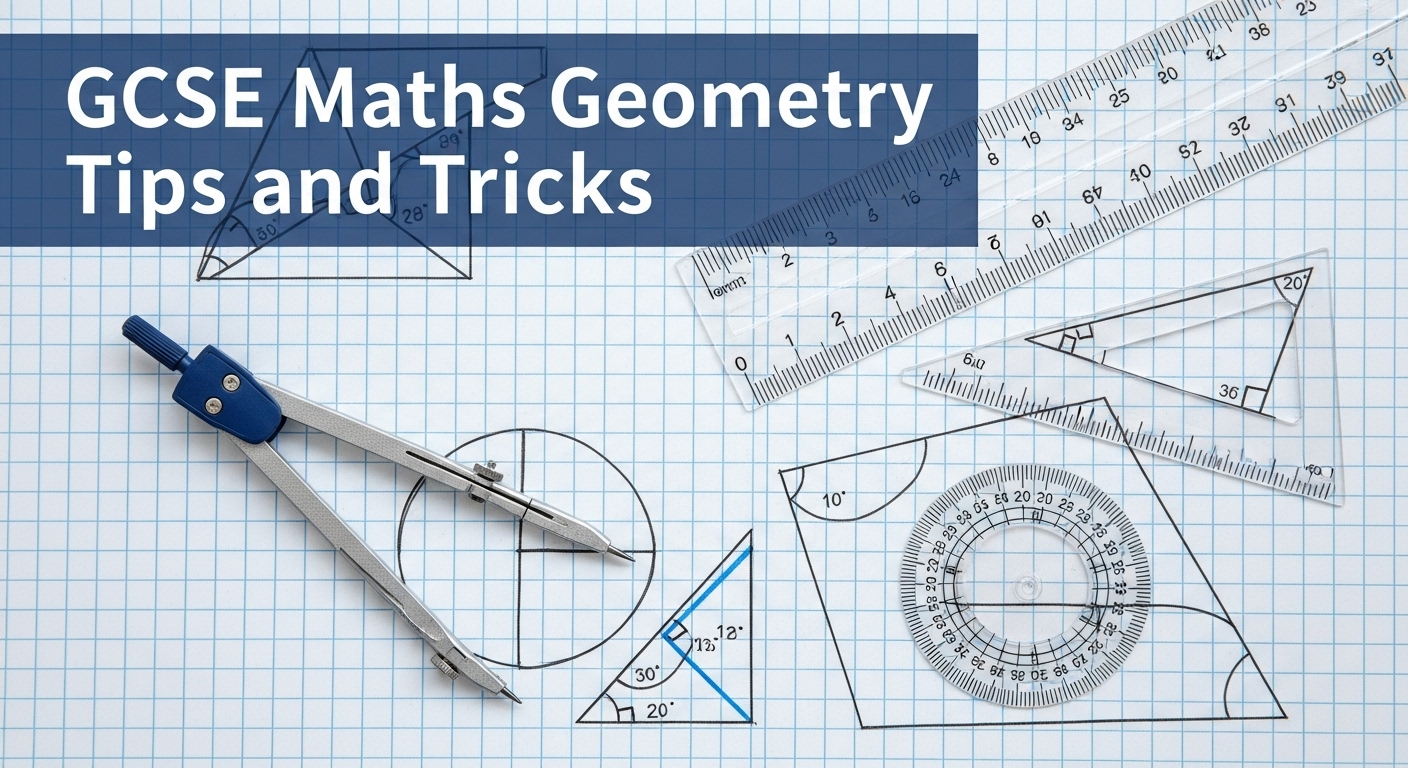Geometry is one of the most fascinating branches of mathematics, dealing with shapes, sizes, angles, and the properties of space. Whether you’re studying for an exam, exploring math for fun, or applying geometry in real life, this guide will help you understand geometry from the ground up. Along with fundamental concepts like points, lines, angles, and shapes, we will also explore topics such as Harder Graphs to deepen your mathematical understanding.
What is Geometry?
Geometry is the study of shapes, sizes, and spatial relationships. It’s divided into two main branches:
- Plane Geometry: Deals with flat shapes like triangles, circles, and squares.
- Solid Geometry: Focuses on 3D shapes like cubes, spheres, and pyramids.
Geometry is everywhere—from the design of buildings to the patterns in nature. Understanding it can help you solve real-world problems and appreciate the beauty of mathematics.
Key Concepts in Geometry
Here are the foundational concepts you need to master:
- Points, Lines, and Planes
- Point: A location in space with no size or dimension.
- Line: A straight path that extends infinitely in both directions.
- Plane: A flat, two-dimensional surface that extends infinitely in all directions.
Example:
- A line segment is part of a line with two endpoints.
- A ray is a line with one endpoint that extends infinitely in one direction.
- Angles
An angle is formed when two lines meet at a point. Angles are measured in degrees (°).
- Acute Angle: Less than 90°.
- Right Angle: Exactly 90°.
- Obtuse Angle: Between 90° and 180°.
- Straight Angle: Exactly 180°.
Example:
In a triangle, the sum of all interior angles is always 180°.
- Shapes and Their Properties
- Triangles: 3 sides, 3 angles. Types include equilateral, isosceles, and scalene.
- Quadrilaterals: 4 sides. Examples include squares, rectangles, and parallelograms.
- Circles: All points are equidistant from the center. Key terms: radius, diameter, circumference.
- Polygons: Multi-sided shapes like pentagons, hexagons, and octagons.
Example:
The area of a rectangle is calculated as:
Area=Length×WidthArea=Length×Width
- The Pythagorean Theorem
One of the most famous theorems in geometry, it applies to right-angled triangles:
a2+b2=c2a2+b2=c2
Where:
- aa and bb are the lengths of the two shorter sides.
- cc is the length of the hypotenuse (the side opposite the right angle).
Example:
If a=3a=3 and b=4b=4, then:
c2=32+42=9+16=25c2=32+42=9+16=25
c=25=5c=25=5
- Area and Perimeter
- Area: The space inside a shape.
- Perimeter: The total distance around a shape.
Example:
- The area of a triangle is:
Area=12×Base×HeightArea=21×Base×Height
- The perimeter of a rectangle is:
Perimeter=2×(Length+Width)Perimeter=2×(Length+Width)
- Volume and Surface Area
- Volume: The space inside a 3D shape.
- Surface Area: The total area of all faces of a 3D shape.
Example:
- The volume of a cube is:
Volume=Side3Volume=Side3
- The surface area of a sphere is:
Surface Area=4πr2Surface Area=4πr2
How to Solve Geometry Problems
- Understand the Problem: Read the question carefully and identify what’s being asked.
- Draw a Diagram: Visualize the problem by sketching shapes and labeling dimensions.
- Apply Formulas: Use the appropriate formulas for area, perimeter, volume, etc.
- Check Your Work: Verify your calculations and ensure your answer makes sense.
Example:
Find the area of a circle with a radius of 5 cm.
Solution:
Area=πr2=π×52=25π cm2Area=πr2=π×52=25πcm2
Real-World Applications of Geometry
Geometry isn’t just for textbooks—it’s used in many fields:
- Architecture: Designing buildings and structures.
- Engineering: Creating bridges, roads, and machines.
- Art: Creating perspective and proportions in drawings.
- Nature: Understanding patterns like honeycombs and snowflakes.
Tips for Mastering Geometry
- Practice Regularly: Solve problems daily to build confidence.
- Use Visual Aids: Draw diagrams and use models to understand concepts.
- Memorize Key Formulas: Keep a list of formulas for quick reference.
- Work with Others: Join study groups or seek help from teachers and peers.
- Explore Online Resources: Use websites like MathZem.com, Khan Academy, and GeoGebra for tutorials and interactive tools.
FAQs About Geometry
- Why is geometry important?
- Geometry helps us understand the world around us and solve practical problems.
- What’s the hardest part of geometry?
- Many students find proofs and 3D geometry challenging, but practice makes perfect.
- How can I improve my geometry skills?
- Practice regularly, use visual aids, and seek help when needed.
- What are some fun ways to learn geometry?
- Try puzzles, games, and real-world projects like designing a garden or building a model.
Final Thoughts
Geometry is a beautiful and practical branch of mathematics that connects to many aspects of life. By mastering the basics and practicing regularly, you can develop a deep understanding of shapes, spaces, and their properties. Whether you’re preparing for an exam or exploring math for fun, geometry offers endless opportunities to learn and grow.
Call to Action
Ready to explore the world of geometry? Visit MathZem.com for tutorials, practice problems, and expert tips to help you master geometry. Let’s make math fun and engaging!






